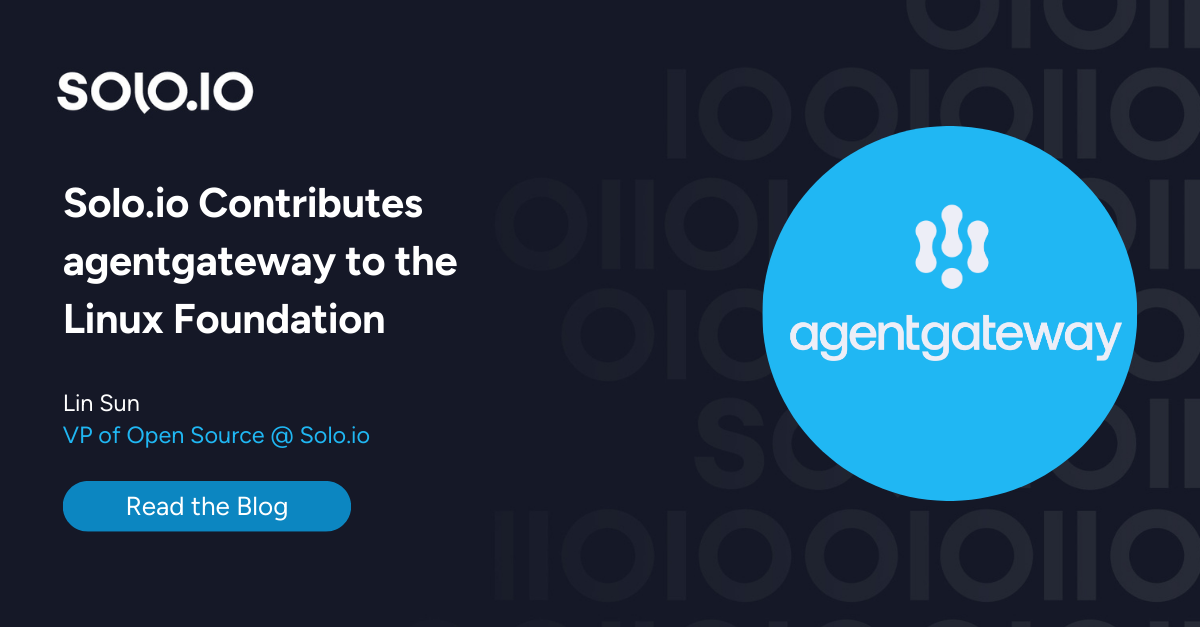The future of API Management is Omni
Traditional API management is a cloud anti-pattern. It’s time to evolve API connectivity to work for the era of Kubernetes, platform engineering, and GenAI.
.svg)
Customers winning with API Connectivity







Cloud-native foundation
Cloud-native API connectivity delivers cloud scale, performance, reliability, and flexibility by being built on the right foundation. Envoy Proxy is the world's leading cloud-native network proxy, built for the cloud by companies born in the cloud.

Every direction, any environment
API Connectivity is required for inbound, service-to-service, and outbound API traffic. An Omni gateway supports comprehensive API management in every direction with a federated control plane and a distributed data plane that runs across cloud providers, VMs, and serverless architectures.

Zero trust for APIs
Legacy API management solutions focus on securing public APIs while ignoring internal API traffic and third-party API consumption. An Omni gateway approach establishes a zero trust security posture, providing automatic authentication, authorization, encryption, and audit on all API traffic regardless of direction.

Unbundled API management
Monolithic API management suites lock you into vendor stacks that limit choice and stagnate innovation. An Omni approach builds on open source and open standards to place you at the center of a vibrant ecosystem of best-of-breed solutions for each stage of the API lifecycle.

Gloo Gateway - The world's leading Omni Gateway
Gloo Gateway is a cloud-native API connectivity solution that unifies API management across external, internal, and third-party APIs.
Built on the market-leading Envoy Proxy, Gloo Gateway brings API management into the cloud-native era, offering self-service to API development teams backed by automated guardrails that platform teams require to secure, scale, and monitor APIs in production.

Analytics
& monetization
Advanced API metrics and analytics allow you to monitor API health and performance, measure business impact of API products, and monetize API consumption.

Developer portal
Modernize your public API presence with a React-based developer portal that is ready to deploy out of the box. Support internal teams with comprehensive Backstage integration for internal developer portals.

Multi-cluster
A federated control plane allows centralized deployment, management, and monitoring across on-premise and cloud environments. Delegated routing, failover, and discovery provide best-in-class flexibility and scale for distributed deployment architectures.

Zero trust
Legacy API management solutions focus on securing public APIs while ignoring internal API traffic and third-party API consumption. An Omni gateway approach establishes a zero trust security posture, providing automatic authentication, authorization, encryption, and audit on all API traffic regardless of direction.

Multi-protocol
Modern API connectivity requires support for a wide range of Layer 4 and Layer 7 protocols. Gloo Gateway's robust support for HTTP, TCP, and event-driven protocols provides a unified solution across all API interfaces.

LLM integration
Agentgateway supports advanced features for integrating with LLM API providers, including credential management, prompt guardrails, RAG, semantic caching, and much more. See agentgateway for more details.

Cloud connectivity done right






